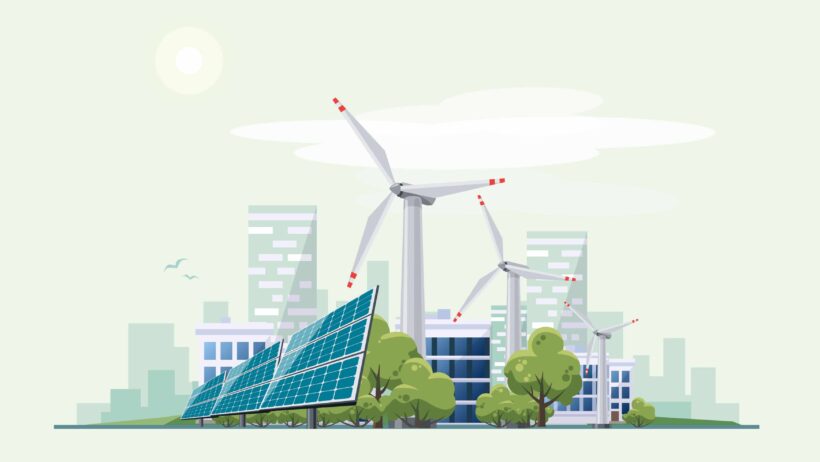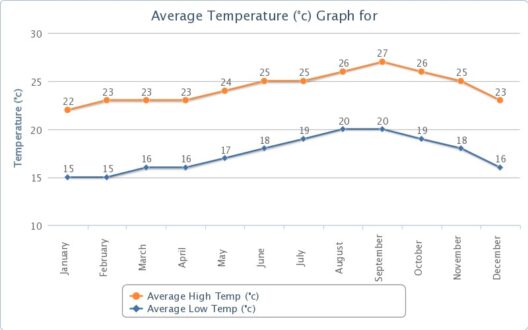In the quest for sustainable living, one might ponder: how can we effectively harness solar energy while integrating other renewable sources? As the world grapples with the urgent need to combat climate change, innovative strategies to conserve solar energy become paramount. This discourse will explore various methodologies to enhance solar energy conservation through the synergistic use of other renewable resources, presenting bright ideas for a sustainable future.
Solar energy, derived from the sun’s radiation, is one of the most abundant and environmentally friendly energy sources available. Our planet receives more solar energy in one hour than the entire world consumes in a year. However, despite its vast potential, the challenge lies in optimizing its use and efficiency throughout various contexts, including residential, commercial, and industrial applications. The crux of the matter is not just harnessing solar energy but ensuring that it is utilized effectively and stored for times of demand.
One of the most common methods of conserving solar energy involves deploying solar photovoltaic (PV) systems in tandem with other renewable technologies. Integrating wind energy with solar power, for instance, can lead to a more resilient and complementary energy system. Wind energy typically sees higher production levels during the evening and nighttime hours when solar energy is absent. Thus, leveraging the combined generation from both resources can effectively balance energy loads and ensure a steady supply throughout the day.
Moreover, energy storage solutions are pivotal in this equation. Without a robust mechanism for storing excess solar energy generated during peak sunlight hours, much of the potential energy goes to waste. Battery systems, such as lithium-ion batteries, allow for the retention of solar energy for use during low production intervals. Innovative systems like the integration of solar panels with thermal energy storage can also be a significant game-changer. By capturing heat generated during sunlight hours, these systems can provide heating during colder months and reduce reliance on fossil fuels.
For communities aiming to conserve solar energy, it is beneficial to implement energy-efficient practices. Passive solar design, which strategically positions buildings to maximize sunlight absorption, can substantially reduce energy consumption. Utilizing materials that enhance insulation and thermal mass can reduce the need for heating and cooling, allowing buildings to remain comfortable without heavy reliance on external energy sources. This design methodology underscores the importance of architecture in sustainable energy utilization.
What if cities embraced a more collective approach to conserve solar energy? Community solar programs, which enable multiple households to benefit from a single solar installation, present a unique solution. Residents can invest in solar gardens that produce energy collectively, allowing them to share resources and costs. This model not only democratizes access to renewable energy but also fosters a stronger community spirit, driving collective engagement toward sustainability.
Another intriguing aspect of conserving solar energy involves biomimicry—emulating nature’s strategies to address sustainability challenges. For instance, researchers are looking into leaf-inspired solar cells that mimic the natural processes of photosynthesis to convert sunlight into energy more efficiently. By borrowing from nature’s designs, such innovations could enhance the viability of solar technologies and their efficiency further, enabling us to conserve energy like never before.
The adoption of smart technology also plays a critical role in optimizing energy conservation. Smart grids, equipped with digital communication technology, can efficiently manage energy flows by analyzing consumption patterns and adjusting supply accordingly. By employing demand response strategies, households can reduce energy consumption during peak hours, aligning usage with solar generation. Such systems enable consumers to become more informed and engaged energy participants.
Nevertheless, integrating various renewable energy sources and conservation techniques can present challenges. Regulatory hurdles, economic constraints, and societal inertia can impede swift adaptation to these new paradigms. Policymakers need to ensure robust support frameworks and incentives that promote renewable energy adoption and the infrastructure necessary for success. Moreover, it is essential for public awareness campaigns to exist that educate citizens on the advantages and necessity of these changes, bridging the gap between knowledge and actionable behavior.
In conclusion, as we move toward a future reliant on renewables, innovative strategies to conserve solar energy must remain at the forefront of our collective consciousness. The interplay between solar energy and other renewables offers myriad avenues for efficiency and sustainability. Through cutting-edge technology, community engagement, thoughtful design, and supportive policies, we can develop a resilient energy ecosystem that safeguards our planet for generations to come. As we ponder the question, “How might we integrate our approaches to renewable energy to create a synergistic future?”, the answers lie in our capacity to embrace change and foster collaboration toward a sustainable world.






